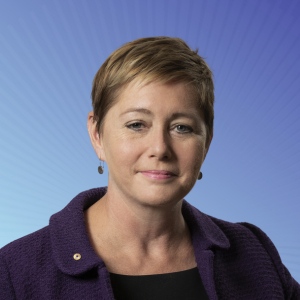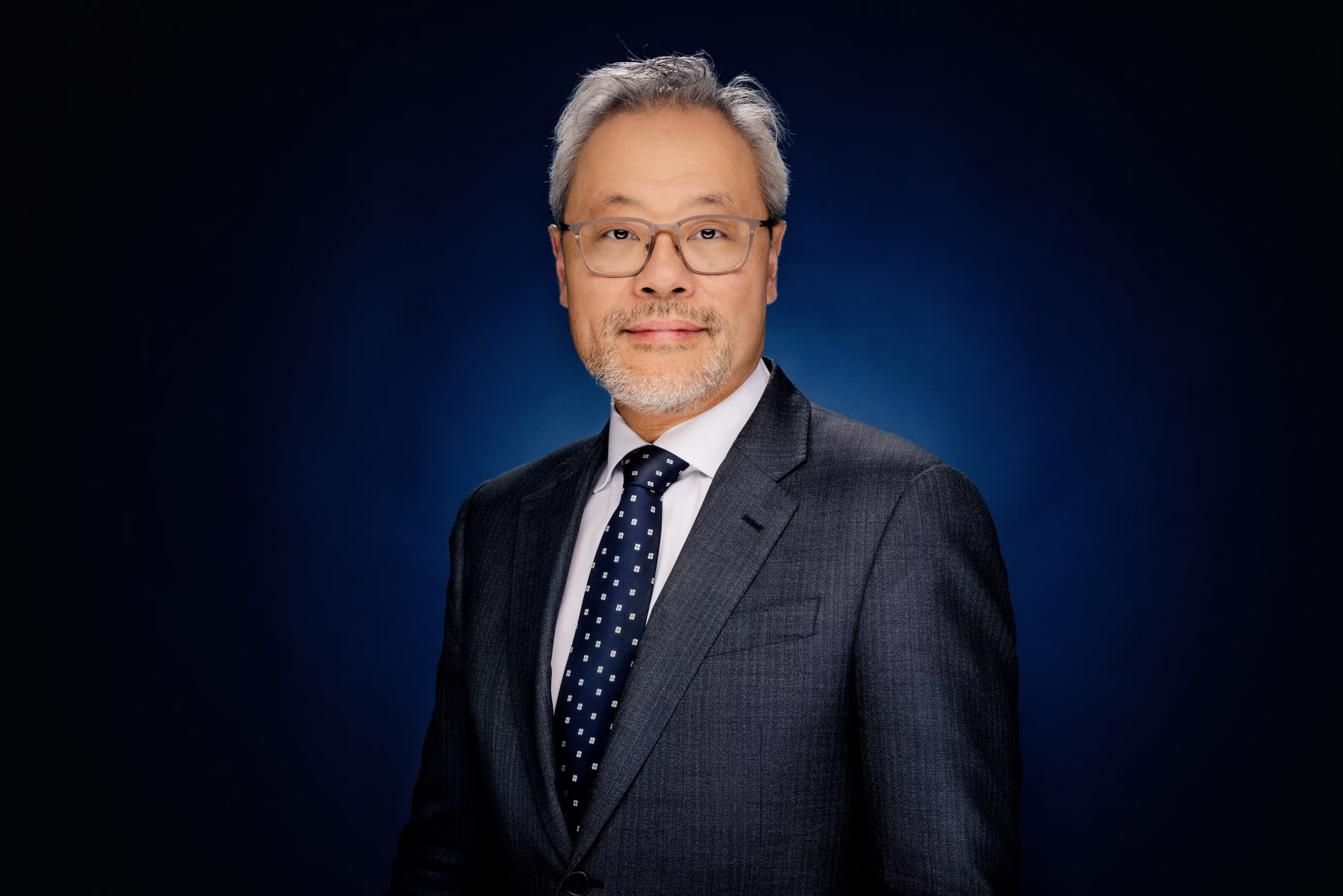Super system can turbocharge productivity on road to net zero
Op Ed published in the Australian Financial Review, 14 July 2025
By Mary Delahunty, ASFA CEO
As Treasurer Jim Chalmers prepares to lead a national conversation on productivity, Australia finds itself at a moment of extraordinary potential.
Productivity, properly understood, is not about working harder; it’s about enabling innovation, improving efficiency, and transforming the systems that underpin our economy. The productivity challenge is not unique to Australia, but this country has a unique national asset that gives us a head start in tackling it – our multitrillion-dollar superannuation system.
Harnessed effectively, Australia has the institutional investment capacity to turn this productivity conversation into a national opportunity that delivers both economic dividends and generational progress.
With more than $4.1 trillion in funds under management and growing, super represents one of the most powerful investment engines in the world. Thirty years after compulsory super came into effect, ASFA, the superannuation peak body, estimates that institutional super funds have funded about 14 per cent of Australia’s capital stock, which generates domestic economic activity.
Super investments span listed equities, infrastructure, property and venture capital, all asset classes that directly affect the productivity frontier.
This isn’t theoretical. ASFA’s research shows that superannuation has already lifted Australia’s productivity and GDP by about 2 per cent. Higher productivity translates into higher living standards. For the average full-time worker, we have calculated that translates to a $2500 superannuation productivity dividend into pre-tax wages every year. That is real money flowing into Australians’ pockets.
With institutional super funds needing to deploy about $40 billion in new investments each quarter, or half a million dollars a day, the scale of future opportunity is immense.
A few changes will help to realise that opportunity.
Firstly, government should consider how performance benchmarks in the superannuation performance test can best reflect forward-looking sectors such as clean energy, digital infrastructure and advanced manufacturing.
Currently, and broadly speaking, sensitivity to performance benchmarks can result in strategic asset allocation for some funds towards classes that are more easily benchmarked – such as listed equities – at the expense of unlisted or private equity investments. It’s in these asset classes that the biggest leaps in productivity could be realised, but super funds need to know they don’t risk falling afoul of shorter horizon performance requirements.
One of the most profound opportunities lies in Australia’s energy transition – this is a chance to reshape our productive economy. ASFA estimates that new fixed capital investment will need to be around 5 per cent higher than business-as-usual over the next three decades to meet the demands of net zero. This investment will not only decarbonise our infrastructure – it will modernise it, making our economy more efficient, resilient, and innovative.
This is where superannuation can lead. Institutional investors – including super funds – and the government have already agreed to the principle of an energy transition accord, signed at the investor roundtable in November last year. Now we need to make the reforms to put it into action.
Creating structured pathways for publicprivate investment co-ordination, including streamlined approvals and co-investment mechanisms for nationally significant projects, could unlock billions in patient capital for energy infrastructure, electrification, and low-emissions technologies. Because these investments improve the movement of goods, services, and people, and facilitate more efficient economic activity, they become core drivers of productivity.
Other measures, such as loosening reporting requirements on super funds for investing in Australian residential property and ensuring that potential reforms to the regulation of private markets do not unduly hinder participation by superannuation funds, will also help.
Chalmers’ initiative to lead the productivity conversation is timely and welcome. To achieve a level of progress that truly delivers prosperity, the conversation must be unconstrained by tradition and dare to go beyond the ‘‘bosses versus workers” narrative which risks anchoring the outcomes to ‘‘ways of working” and misses the opportunity to consider the role of capital to deliver a national vision.
The productivity challenge isn’t a State of Origin-style team-versus-team battle, it’s an understanding of what drives the modern Australian economy and one where those enabling productivity growth must have a seat at the table. We must include the institutional investors who, through the unique super system, are positioned to drive the next wave of productivity growth.
Our capacity to accelerate Australia’s productivity growth has never been greater. We have the capital, the institutions, and the ambition. What we need now is alignment between policy, investment, and purpose.
Mary Delahunty is the chief executive of the Association of Superannuation Funds of Australia.




































